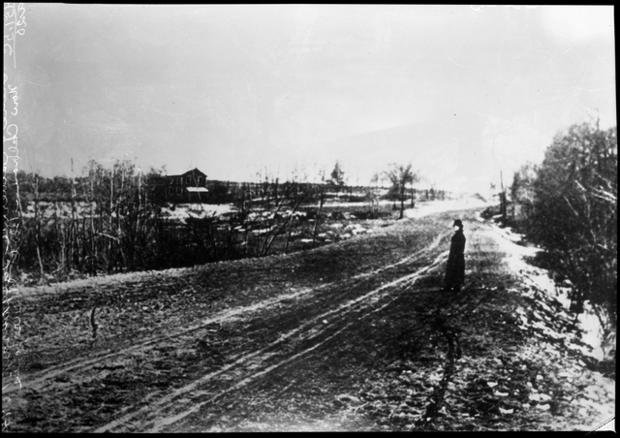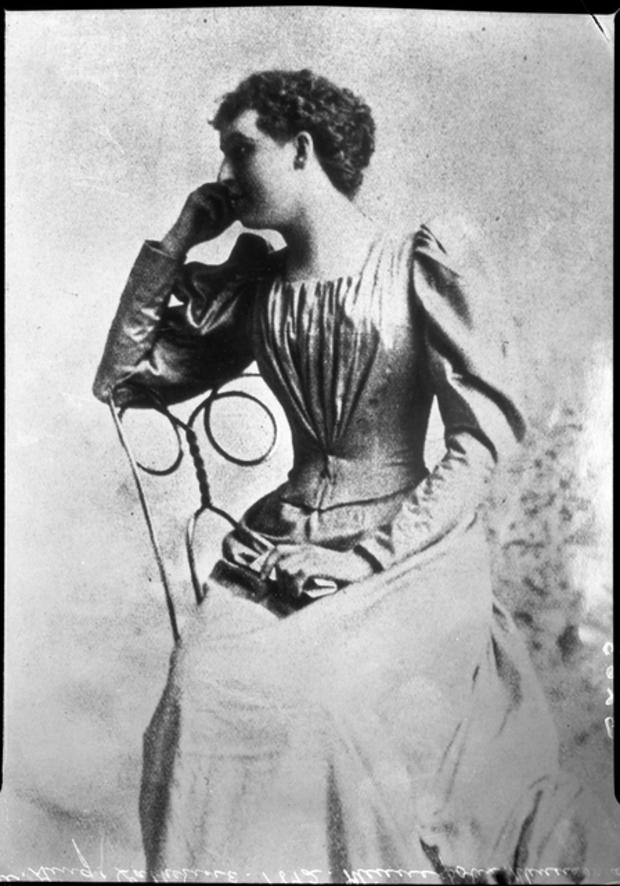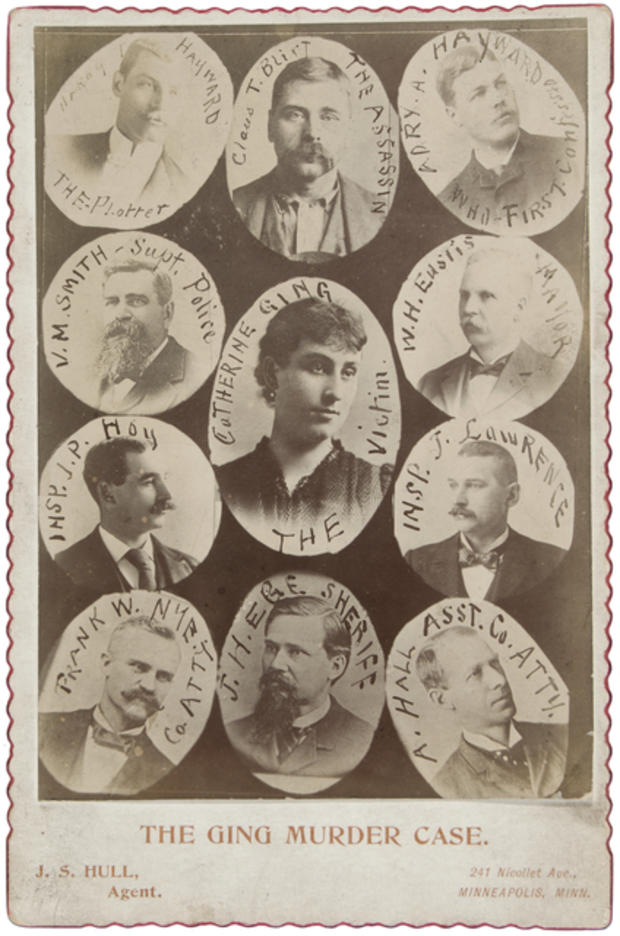Today In Minnesota History: Notorious Minneapolis Murderer Found Guilty
MINNEAPOLIS (WCCO) -- On March 8, 1895, one of Minnesota's most notorious murderers was found guilty.
Harry Hayward, a local gambler, was convicted after hiring a hitman to kill Katherine Ging, a woman he was dating.
It happened on the night of December 3, 1894.
A man, identified as William Erhardt, was on his way home from work when he discovered Ging's lifeless body lying in the middle of the road near Lake Calhoun (now named Bde Maka Ska), as reported by The Minneapolis Tribune on February 1, 1895.
"I walked along for about a half a block in the direction of my house and I very nearly stepped on the corpse of a woman," said Erhardt.
In his testimony, Erhardt described how at first he assumed Ging was killed due to a buggy accident, as he had reportedly heard a horse running very fast just moments before finding Ging's body.
But soon Erhardt discovered blood coming from the back of the 29-year-old's head, along with a bullet hole near her right ear.
It was clear then that this was no accident.
Ging, a young and successful dressmaker, moved from New York to Minneapolis to start up an upscale dress shop on Nicollet Avenue, as reported by the Star Tribune. Both Hayward and Ging lived at the same apartment building, the Ozark Flats, and eventually started dating.
"Rumor was that he was more infatuated with her than she with him," Peg Meier wrote back in the Star Tribune in 1994 on the murder's 100th anniversary.
Investigators soon turned their attention toward 29-year-old Harry Hayward after uncovering strange financial transactions between Ging and Hayward.
They discovered that Ging had recently taken out a $10,000 life insurance policy with Hayward listed as the beneficiary, as described in The Minneapolis Tribune on February 10, 1895.
When police asked Hayward about this transaction he said he was helping the young dressmaker expand her business. It was later discovered that Ging was actually loaning Hayward money to settle his gambling debts.
The case took a turn after the man Hayward paid to kill Ging confessed to the crime.
Clause Blixt, a janitor at Hayward's apartment building, told police that Hayward blackmailed him to kill Ging.
"In graphic detail, he told how Harry proposed the killing, told him about the life insurance, said he had killed men before, threatened the life of Mrs. Blixt, plied him with liquor, met him at the Kenwood Boulevard, where was Miss Ging and the buggy and they took the fatal drive," reported the Minneapolis Tribune on February 10, 1895.
Blixt went on to explain what really happened on the night Katherine Ging was killed.
He said that Ging was planning on meeting Hayward that night.
"Hayward told Ging to order the carriage and ride with Blixt to the western shore of the lake, where he would meet her with a team and they'd go out while the janitor returned the buggy," reports the Star Tribune.
But Hayward had other plans.
Sometime during the drive, Blixt shot Ging, dumped her body and left her to die.
Both Hayward and Blixt were convicted for the murder of Katherine Ging, but Hayward actually received a stricter punishment and was sentenced to hang.
The Star Tribune reported that "the Ging case was one of the few in local history in which a murderer received a punishment less severe than the person who instigated the crime."
Harry Hayward was hanged on December 11, 1895 in Hennepin County Jail.
This marked one of the last public hangings in the City of Minneapolis.
Sources:
Minnesota Historical Society
The Minneapolis Tribune on February 1, 1895.
The Minneapolis Tribune on February 10, 1895.
The Minneapolis Tribune. Pub. Date March 9, 1895
A new book recounts the grisly murder of a trailblazing Minneapolis dressmaker
Dastardly Minneapolis murder-for-hire became legendary








